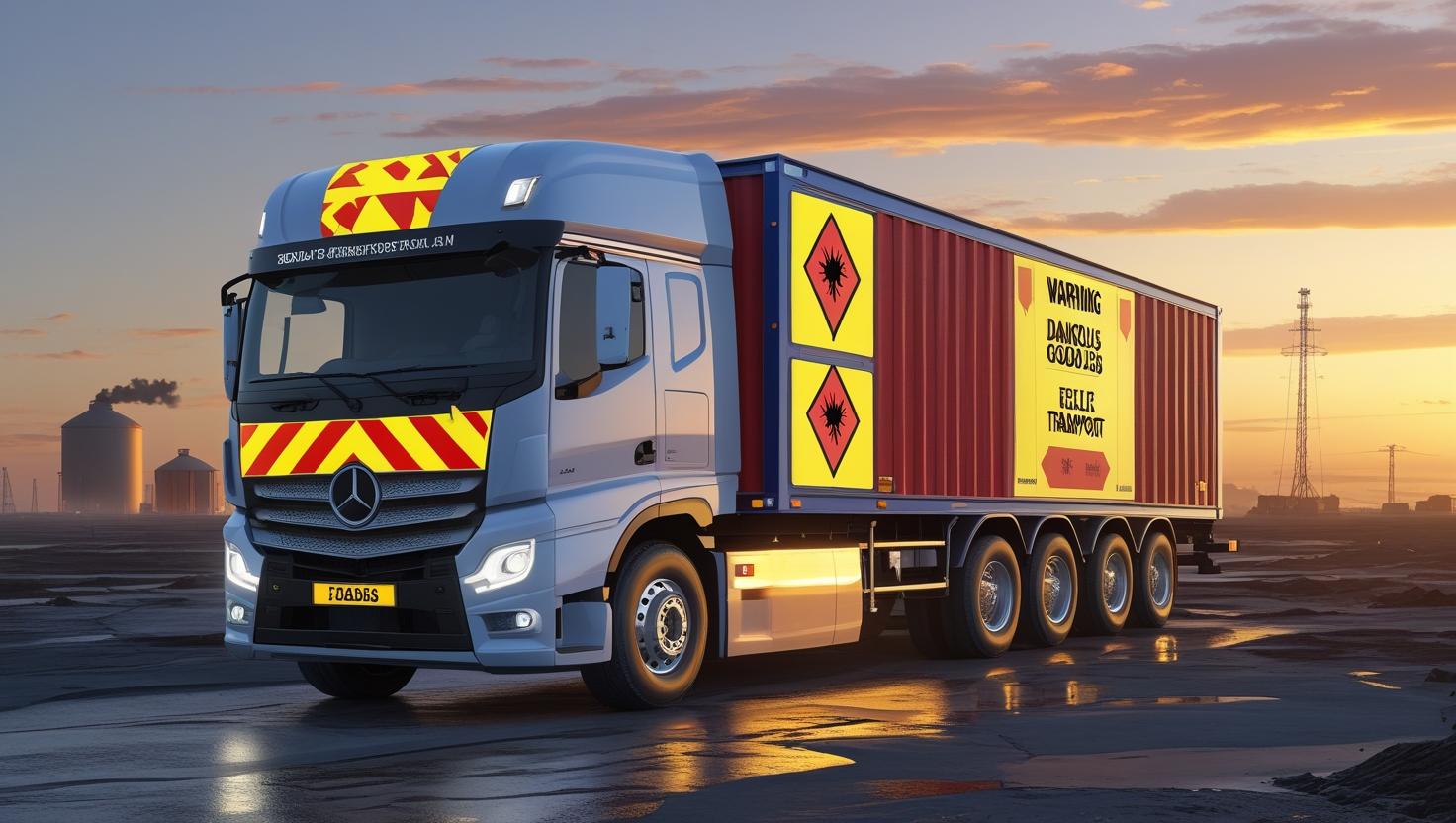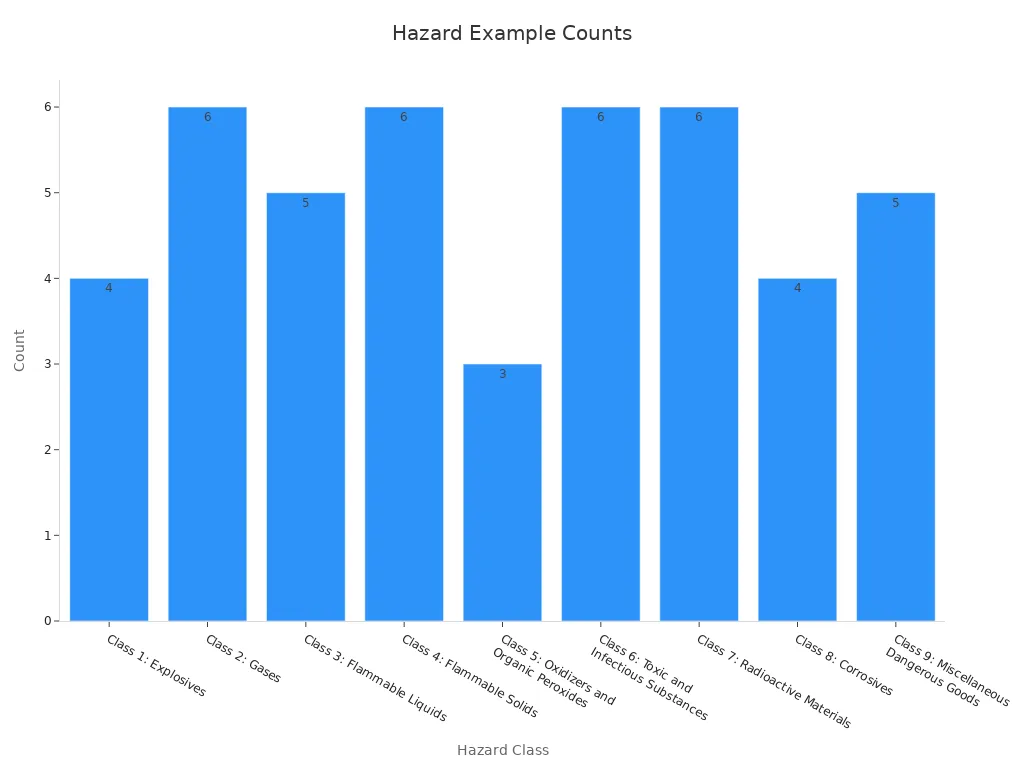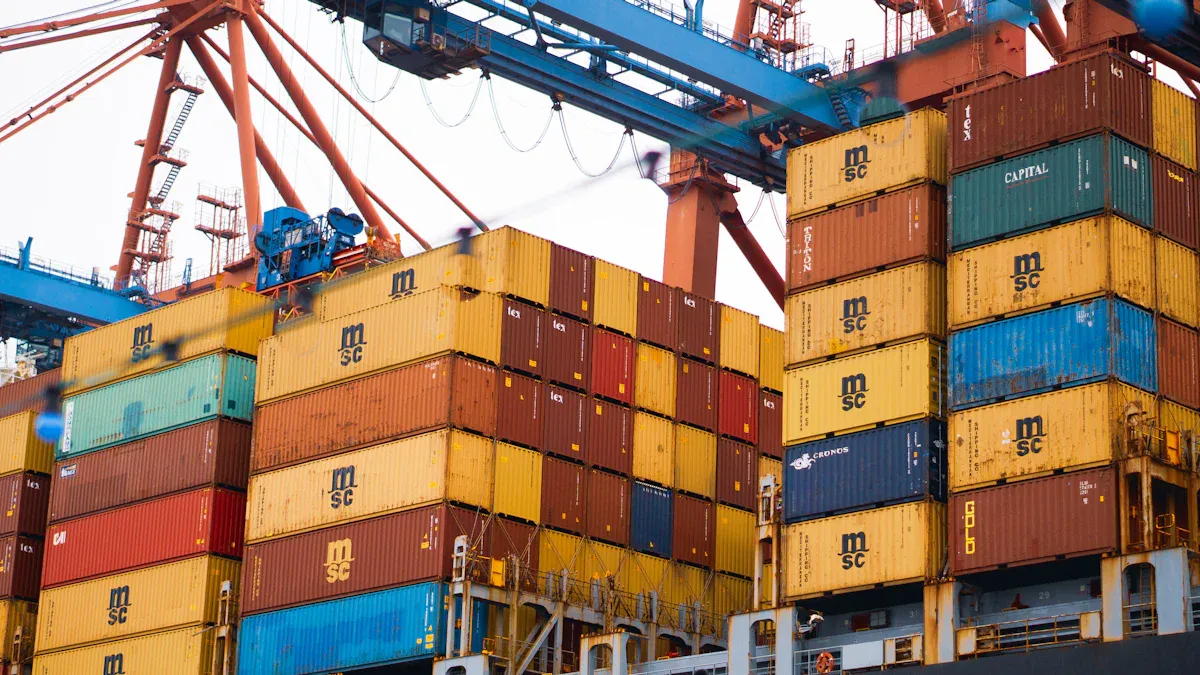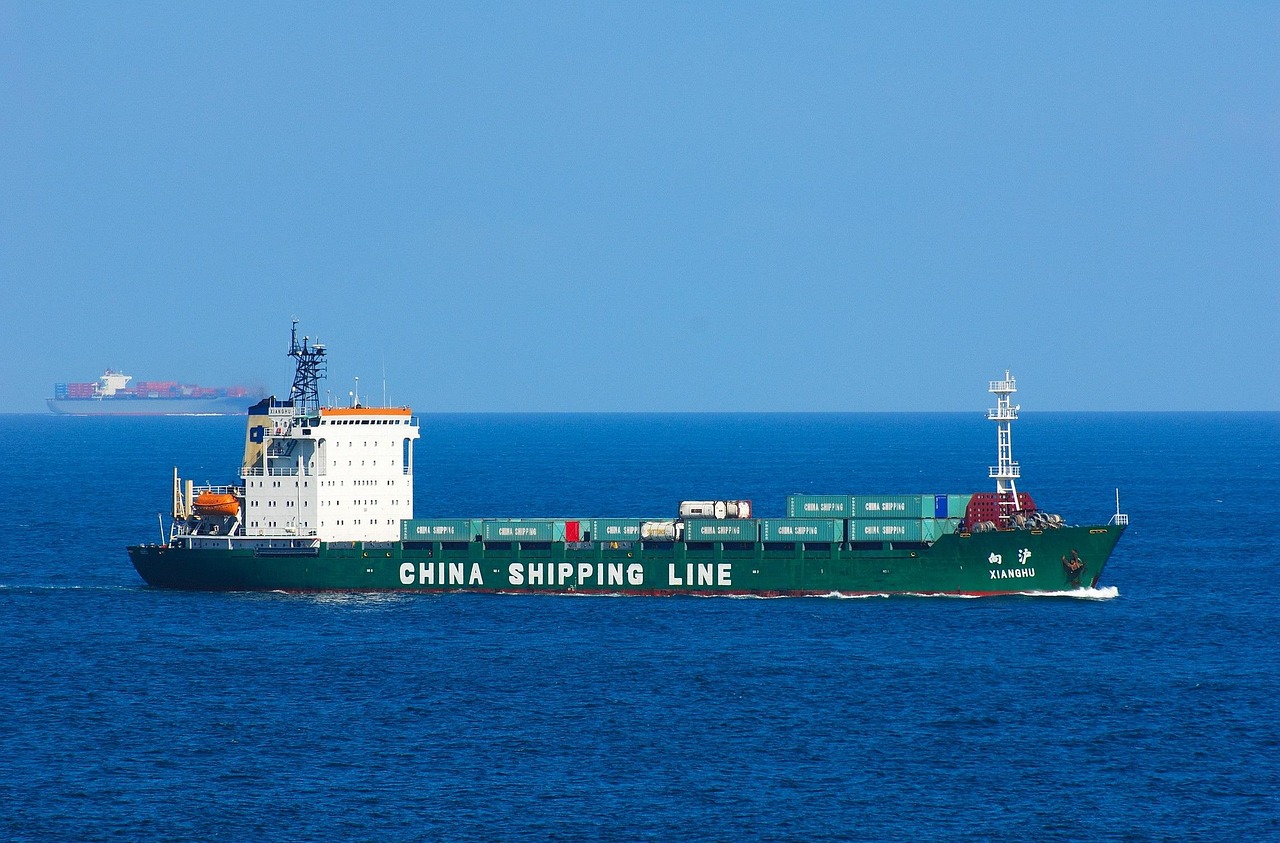What is dangerous cargo endorsement in shipping?

When you work in shipping, you often handle materials that need special care. The dangerous cargo endorsement is a certificate you must have to manage these risks. You show your commitment to safety and international rules when you earn a dangerous cargo endorsement in shipping.
Understanding the Dangerous Cargo Endorsement
Definition and purpose of the DC Endorsement
You need a dangerous cargo endorsement if you want to work with dangerous goods in shipping. This certificate shows that you have the skills and legal permission to handle and transport hazardous materials.
When handling hazardous materials in shipping, the Dangerous Cargo Endorsement (DCE) is your essential certification for legal compliance and operational safety. This credential demonstrates mastery of international regulations like the IMDG Code and is recognized by major maritime authorities including the IMO, US Coast Guard, and EU maritime administrations.
Elena Rodriguez, Safety Director at GlobalChem Shipping said "Certified handlers consistently demonstrate correct placarding, accurate bill of lading declarations, and proper emergency response – critical factors verified in our internal audits." This aligns with IMO data showing properly documented dangerous goods shipments have >90% lower incident rates.
Its role in ensuring the safe handling, storage, and transportation of hazardous materials
When you have a dangerous cargo endorsement, you help prevent accidents and protect lives. You know how to store and move dangerous goods safely. You follow strict rules for labeling, documentation, and emergency response. The dce basic and basic dce training make sure you can spot risks and act fast if something goes wrong.
Note: Proper handling of the bill of lading and correct documentation are key steps in safe shipping.
Relevance in global trade and maritime operations
Shipping dangerous goods is a big part of global trade. Many incidents happen because of misdeclared cargo or poor handling. Bulk carriers and tankers face the most risks. Lithium-ion batteries and vehicle decks need special care. Some fleets use tricks to hide their cargo, which increases danger and breaks rules. You need a dangerous cargo endorsement to work safely and legally in these high-risk areas. This certificate helps you follow international laws and keep shipping secure.
Types of Dangerous Cargo and Their Classification

Overview of dangerous goods categories (e.g., flammable liquids, toxic substances, explosives)
You encounter many types of dangerous goods in shipping. These include flammable liquids, toxic substances, explosives, and more. Each category has unique risks. For example, flammable liquids like gasoline can ignite easily, while toxic substances such as pesticides can harm your health. Explosives like fireworks need special handling to prevent accidents. Knowing these categories helps you follow safety rules and avoid mistakes with the bill of lading.
Importance of the IMO Dangerous Goods Declaration and proper labeling
You must complete the IMO Dangerous Goods Declaration for every hazardous shipment. This document ensures you classify, mark, and label each item correctly. The process involves several key steps:
Identify if your cargo is dangerous using the Safety Data Sheet and Dangerous Goods List.
Find the UN number, shipping name, hazard class, and packing group.
Mark and label packages as required by IMDG standards.
Fill out the bill of lading and Dangerous Goods Declaration with accurate details.
Proper documentation and labeling protect you from risks like environmental exposure and help emergency teams respond quickly.
Examples of commonly shipped hazardous materials
You see many hazardous materials in shipping every day. The table below shows common examples by hazard class:
Hazard Class | Examples of Hazardous Materials Shipped |
|---|---|
Class 1: Explosives | Fireworks, Ammunition, Dynamite, Gun powder |
Class 2: Gases | Aerosols, Helium cylinders, Propane tanks |
Class 3: Flammable Liquids | Gasoline, Nail polish, Acetone |
Class 4: Flammable Solids | Matches, Magnesium powder, Sulfur |
Class 5: Oxidizers | Ammonium nitrate, Bleach, Hydrogen peroxide |
Class 6: Toxic Substances | Pesticides, Cyanides, Mercury |
Class 7: Radioactive Materials | Medical isotopes, Uranium, X-ray machines |
Class 8: Corrosives | Battery acid, Hydrochloric acid, Ammonia solutions |
Class 9: Miscellaneous | Lithium batteries, Dry ice, Airbag inflators |

You must always check the classification and follow the correct shipping procedures for each type.
Obtaining the Dangerous Cargo Endorsement Certificate

Eligibility criteria and required qualifications
You must meet certain requirements before you can apply for this certificate in shipping. Most employers ask for a valid seafarer’s medical certificate and proof of basic safety training. You also need experience working on ships that carry hazardous materials. Some companies may require you to pass a background check.
Training programs, including IMDG Code courses and practical assessments
You must complete both dce basic and basic dce training. These programs teach you about the IMDG Code, which sets the rules for dangerous goods in shipping. You learn how to identify hazards, use safety equipment, and respond to emergencies. Practical assessments test your skills in real-life scenarios.
Tip: Choose a training center approved by maritime authorities for your certificate.
Steps to acquire the certificate and the importance of periodic revalidation
Follow these steps to get your dangerous cargo endorsement:
Enroll in dce basic and basic dce courses.
Pass written and practical exams.
Submit your application with all required documents.
You must renew your certificate every five years. This keeps your knowledge up to date and ensures you follow the latest shipping regulations.
You play a key role in safe shipping when you earn a Dangerous Cargo Endorsement. This certificate helps you protect lives and the environment. You also follow global shipping rules. For expert help with your certificate, contact YQN Logistics at info@yqn.com.
FAQ
What is the validity period of a Dangerous Cargo Endorsement?
Your DC Endorsement stays valid for five years. You must renew it to keep working with hazardous materials.
Do you need a DC Endorsement for all ships?
You need this endorsement only if you handle or transport dangerous goods. Not all ship crew members require it.
Can you take the DCE course online?
Many training centers offer online DCE courses. Always check if your chosen provider has approval from maritime authorities.
Tip: Always keep your certificate updated to meet shipping regulations.
See Also
Essential SCAC Code Insights Every Shipper Should Understand
Key FCA Shipping Rules For Shippers And Buyers In 2025
Understanding Break Bulk Cargo And How To Ship It Properly
Tips To Prevent Demurrage Fees Through Timely Cargo Collection
Smart Shipping Strategies To Beat Increasing Port Congestion Challenges

Shipping with YQN - Global Logistics at Your Fingertips
YQN has established subsidiaries worldwide, covering North America, Latin America, Southeast Asia, and the Middle East. We have partnered with 300+ top shipping and airline companies and have access to 3500+ high-quality supplier resources. YQN also has a professional customer service and fulfillment team of over 500 people to provide more worry-free and efficient international logistics services.
Contact Us
You can also email us at info@yqn.com.

